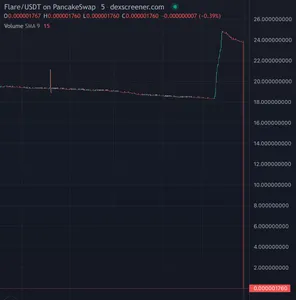Ten of the NFTs in the collection came with lifetime passes to Coachella, and sold for six figures. Each year, the NFT holder has to go through the redemption process to obtain their festival pass.
Many of the token owners bought their NFTs with FTX and simply left them in their accounts on the platform. Some were able to transfer their tokens before FTX's NFT platform stopped operating, but many did not.









